 Kia Optima: Air bag non-inflation conditions
Kia Optima: Air bag non-inflation conditions
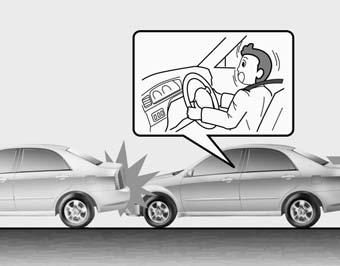
• In certain low-speed collisions the air bags may not deploy. The air bags are designed not to deploy in such cases because they may not provide benefits beyond the protection of the seat belts in such collisions.
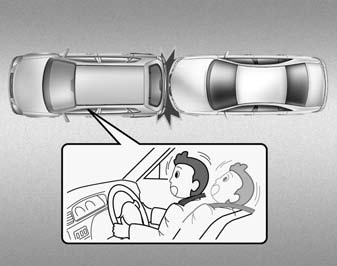
• Air bags are not designed to inflate in rear collisions, because occupants are moved backward by the force of the impact. In this case, inflated air bags would not be able to provide any additional benefit.
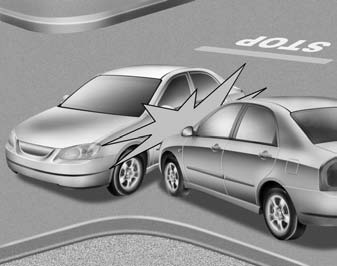
• Front air bags may not inflate in side impact collisions, because occupants move to the direction of the collision, and thus in side impacts, front air bag deployment would not provide additional occupant protection.
However, if equipped with side impact or curtain air bags, the air bag(s) may inflate depending on the intensity, vehicle speed and angles of impact.
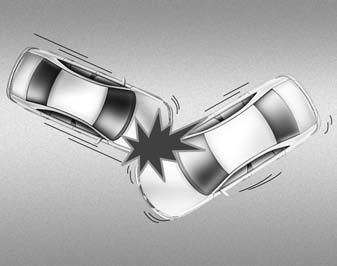
• In a slant or angled collision, the force of impact may direct the occupants in a direction where the air bags would not be able to provide any additional benefit, and thus the sensors may not deploy any air bags.
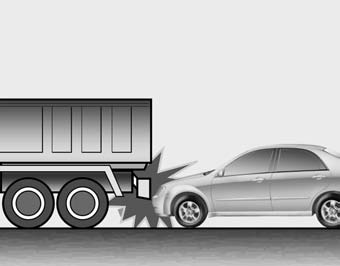
• Just before impact, drivers often brake heavily. Such heavy braking lowers the front portion of the vehicle causing it to “ride” under a vehicle with a higher ground clearance. Air bags may not inflate in this "under-ride" situation because deceleration forces that are detected by sensors may be significantly reduced by such “under-ride” collisions.
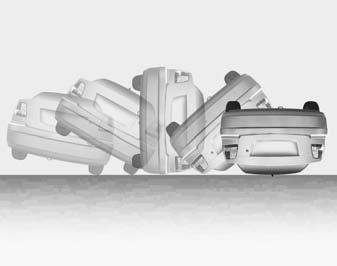
• Air bags may not inflate in rollover accidents because air bag deployment would not provide protection to the occupants.
However, if equipped with side impact or curtain air bags, the air bag(s) may inflate when the vehicle is rolled over by a side impact collision.
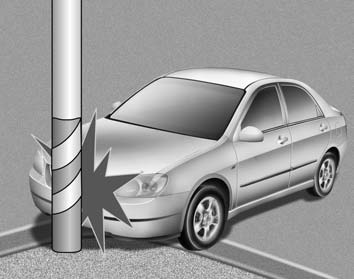
• Air bags may not inflate if the vehicle collides with objects such as utility poles or trees, where the point of impact is concentrated to one area and the full force of the impact is not delivered to the sensors.
 Air bag inflation conditions
Air bag inflation conditions
Front air bags
Front air bags are designed to inflate in a frontal collision depending on the
intensity, speed or angles of impact of the front collision.
Side air bags
Side air bags (side ...
 SRS Care
SRS Care
The SRS is virtually maintenance-free and so there are no parts you can safely
service by yourself. If the SRS air bag warning light does not illuminate, or continuously
remains on, have your vehi ...
See also:
Removal
Replacing an on/off solenoid valve (SS-A, SS-B) does not require additional
hydraulic pressure adjustment; however, the hydraulic pre ...
Keep belts clean and dry
Seat belts should be kept clean and dry. If belts become dirty, they can be cleaned
by using a mild soap solution and warm water. Bleach, dye, strong detergents or
abrasives should not be used bec ...
Inspection
1.
Check the bushing for wear and
deterioration.
2.
Check for all bolts and nut.
...
